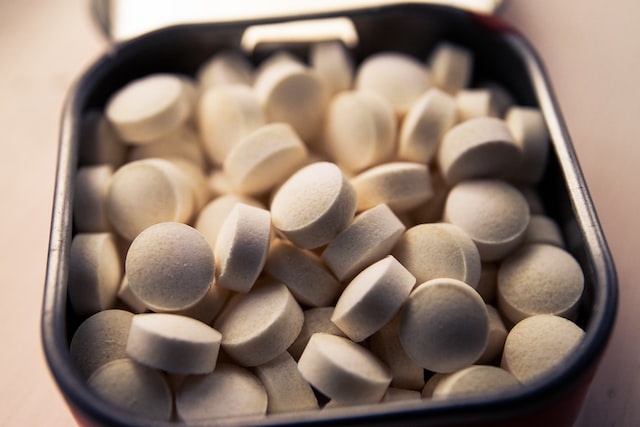The opioid epidemic really started in the United States during the 1990s. Pharmaceutical companies were pushing their pain-relieving drugs as being safe and non-habit-forming. Eventually, it became increasingly understood that opioid pain medicines like hydrocodone and oxycodone were actually incredibly habit-forming, but that didn’t become mainstream knowledge until the opioid epidemic was aready lwell underway.
Opioid addiction has killed hundreds of thousands of people, and it remains one of the biggest tragedies in America. In fact, from 1999 to 2020, more than 800,000 Americans died as a result of drug overdoses, often including an opioid. The effects of the opioid epidemic have led to major declines in U.S. life expectancy.
There are treatment options available, such as medication-assisted treatment using suboxone and other FDA-approved medications, but it’s not easy to overcome an addiction to opioids.
So why exactly are these substances so powerfully addictive?
Understanding Opioids
Opioids are a class of controlled substances available in the U.S. by prescription for the treatment of severe pain. Heroin and fentanyl are also opioids with effects similar to prescription versions of these drugs.
Opioids do have benefits in a well-controlled medical setting, but there are so many risks that the government has taken steps to curb the prescribing of these drugs.
How Opioid Addiction Occurs
Not every who uses opioids will become addicted.
Addiction, also known as a substance use disorder, is a complex disease affecting the brain and behavior of the person. Addiction is caused by a complex combination of genetic and environmental factors, and treatment has to consider these complexities.
When someone takes opioids, whether, by prescription or illicitly, they provide pain relief and also a sense of euphoria, especially at high doses. These drugs bind to certain receptor sites in the brain that are also found throughout the central nervous system and body.
When these receptor sites are activated, it causes a flood of neurotransmitters that make someone feel good, thus euphoria. It’s a heightened version of the response that occurs when you do something naturally pleasurable.
When the brain’s reward system is artificially activated, it can create a cycle where the use of opioids is no longer in control of the individual.
Instead, they are compulsively using the drugs because their brain is compelling them to do so, to continue seeking out the rewarding, euphoric response. Eventually, the brain adjusts to the effects of opioids, so someone with an addiction is no longer experiencing euphoria, but they have to continue to use the drugs just to maintain and avoid withdrawal symptoms.
The longer someone uses opioids and the higher the dose they use, the more likely an addiction is to occur.
What Are the Symptoms of Opioid Addiction?
Also known as an opioid use disorder, symptoms of opioid addiction can include the following:
- Physical dependence is the physiological consequence of ongoing opioid use. When you’re dependent on opioids, if you stop using them suddenly or without medical treatment, you are likely to experience withdrawal symptoms that can include cravings and flu-like symptoms.
- If someone is increasingly using more and more opioids or using them in riskier situations, it’s an indicator of an addiction.
- Cravings occur with an addiction, and they’re often so overwhelming the person experiencing them can’t think about anything else except satisfying them.
- There may be physical signs of an opioid use disorder that occur outwardly, such as changes in sleep habits, drowsiness, decreased libido, isolation, or a lack of hygiene.
How Do Opioid Overdoses Happen?
Opioid overdoses are, unfortunately, all too common. When someone uses opioids, whether prescriptions or something like heroin, as well as euphoria and pleasant relaxation, these drugs also slow down functions of the central nervous system.
The central nervous system controls life-sustaining functions like heart rate and breathing.
If someone takes a dose of opioids that is more than their central nervous system can handle, their breathing can slow down to a dangerous level, or it may altogether stop, which is an overdose.
Treating an Opioid Use Disorder
Treating an opioid use disorder depends on the person and their unique needs.
For many people, it begins with a medically supervised detox, and during this time, medications like suboxone may be given. Suboxone combines buprenorphine and naloxone. Then, someone continues into a treatment program on an inpatient or outpatient basis that includes behavioral therapy.
Finally, as part of sustaining an ongoing recovery from opioid addiction, a person might continue counseling or participate in a support group like a 12-step program.




